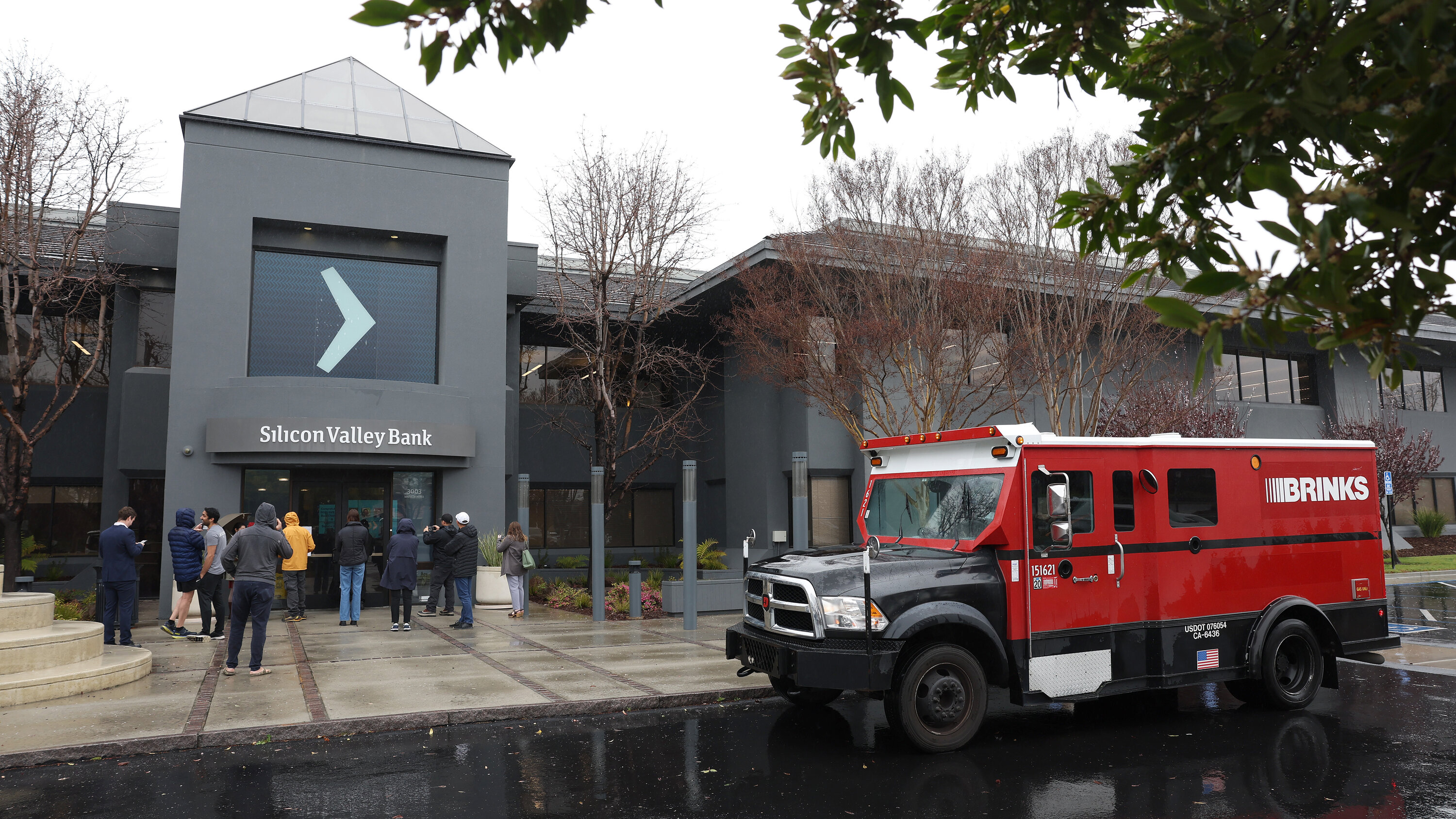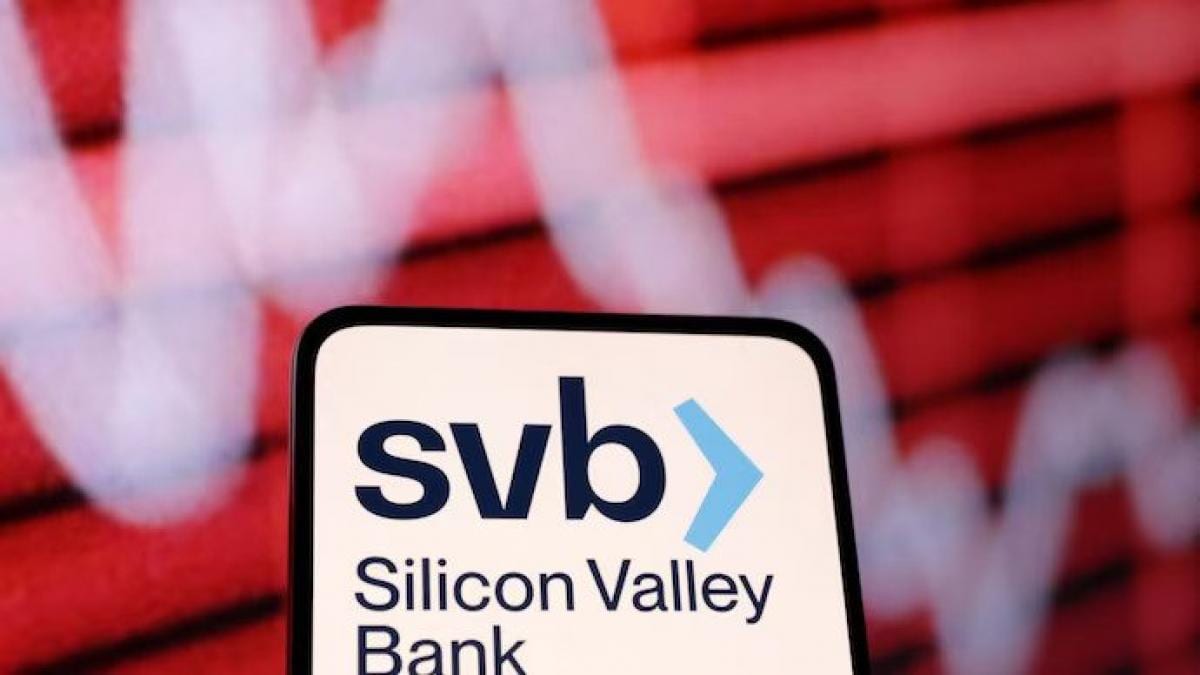Elizabeth Warren and others are waving the bloody shirt for more bank regulation, but the problem is that bank regulations are causing financial instability.
A bank called Silicon Valley Bank (SVB) that did a lot of business with cryptocurrency recently failed. Of course, Democrats want to use the situation to pass new rules quickly. But doing that will just make things worse.
The failure of Silicon Valley Bank, a 200 billion dollar bank that had been around for forty years, has made many people worry about the country's economy. Senator Elizabeth Warren is worried because she wants to bring back some of the old banking rules from the Dodd-Frank Act of 2010.
But more help from the government would not have stopped SVB from failing. On the contrary, the government is partly to blame for the failure of this bank because it drove up inflation and made it hard to protect against interest rate risk. Passing new rules might make us feel better for a little while, but all it would do is set up more bank failures in the future.
In an opinion piece published by The New York Times a few days after it was announced that regulators would take over SVB, Senator Elizabeth Warren said she knew exactly why the bank failed: it was allowed to take on too much risk. She says that SVB could only take the level of risk it did after the Trump administration got rid of parts of Dodd-Frank in 2018. This claim has also been made by Vice President Joe Biden and other top Democrats.
Warren is right when she says that SVB's business plan was risky. In her op-ed, she says, "The bank depended on a small number of tech companies with big deposits, which led to an unusually high proportion of uninsured deposits." This meant that problems in just one part of the economy could threaten the stability of the bank. SVB also had a lot of long-term bonds, which made it hard for the bank to get more cash when people started pulling out their money.
But the senator is wrong when she says that the original requirements for liquidity and capital under Dodd-Frank would have kept SVB from going bankrupt. Researchers at the Cato Institute say that SVB "had a lot of money and ratios that were about twice as high as what was needed." In other words, SVB had more than enough money to pay all of its debts, unless there was a sudden bank run. The Bank Policy Institute did an analysis and found that SVB would have almost certainly passed the Dodd-Frank minimum liquidity coverage ratio. This means that the bank would have been able to meet its short-term obligations.
So why did SVB fail? Even though SVB managers are mostly to blame, the federal government is also to blame. Inflation hit a forty-year high in 2020 and 2021 because of big increases in spending, government lockdowns, and very low interest rates. This meant that the Federal Reserve had to completely change its policy. To slow down inflation, the interest rates were quickly raised.
Of course, SVB's leaders should have done something to protect against the possibility that interest rates would go up. But it shouldn't be a surprise that some financial institutions put themselves in dangerous situations when the Federal Reserve had an unpredictable monetary policy that made it hard for private banks to plan for their long-term finances. Not to mention that "experts" said inflation was "temporary" all through 2021, which meant the Fed didn't need to raise rates much. Senator Warren herself downplayed the problem of inflation many times. But in her opinion piece, she says that SVB didn't do enough to get ready for interest rate hikes.
Still, Elizabeth Warren and other Democrats want to have their cake and eat it too. They want the government to be able to spend wildly and keep interest rates low. They also want to make it hard for banks to do business by putting them through a lot of rules. This is to try to avoid the natural results of their bad policies. The failure of SVB doesn't show that there needs to be more regulation. Instead, it shows that the government not only can't stop bank failures, but often makes it more likely for banks to fail.


























